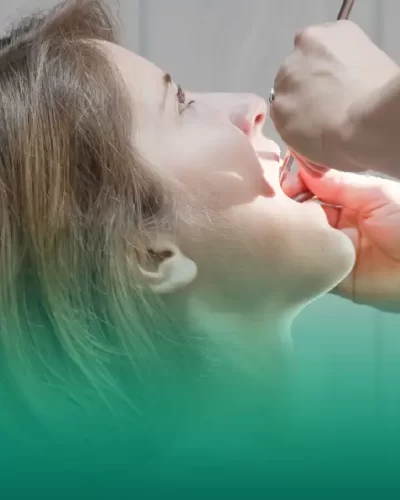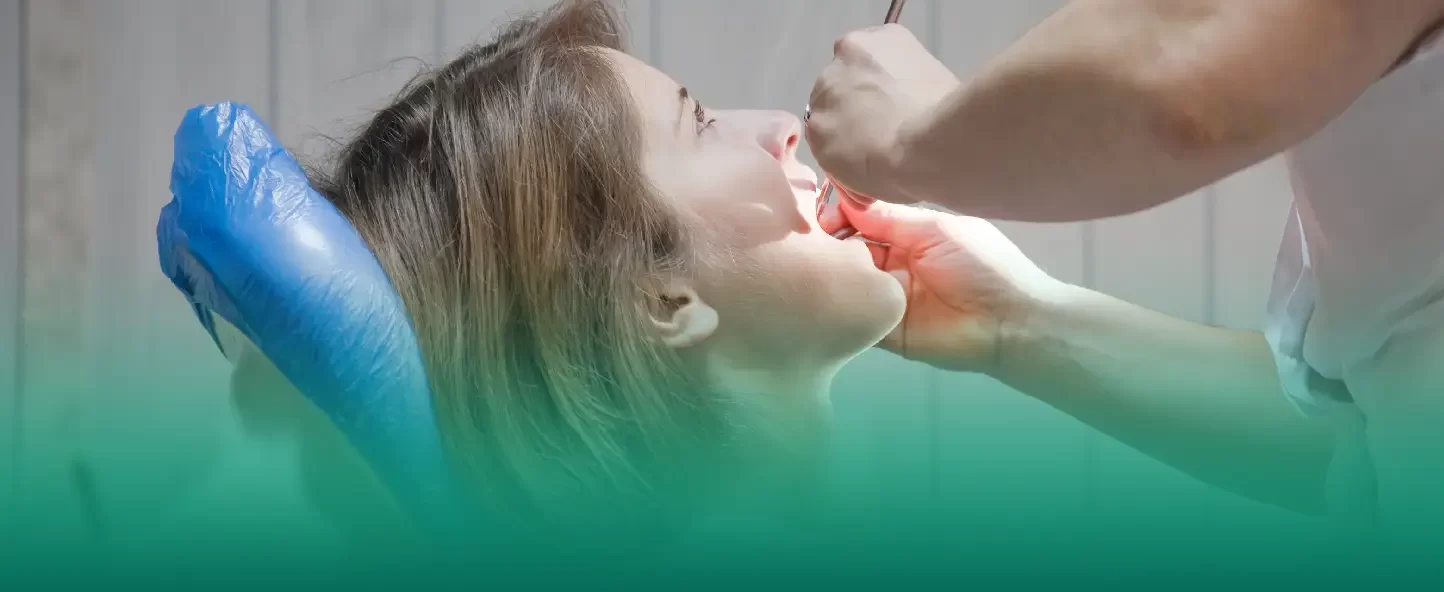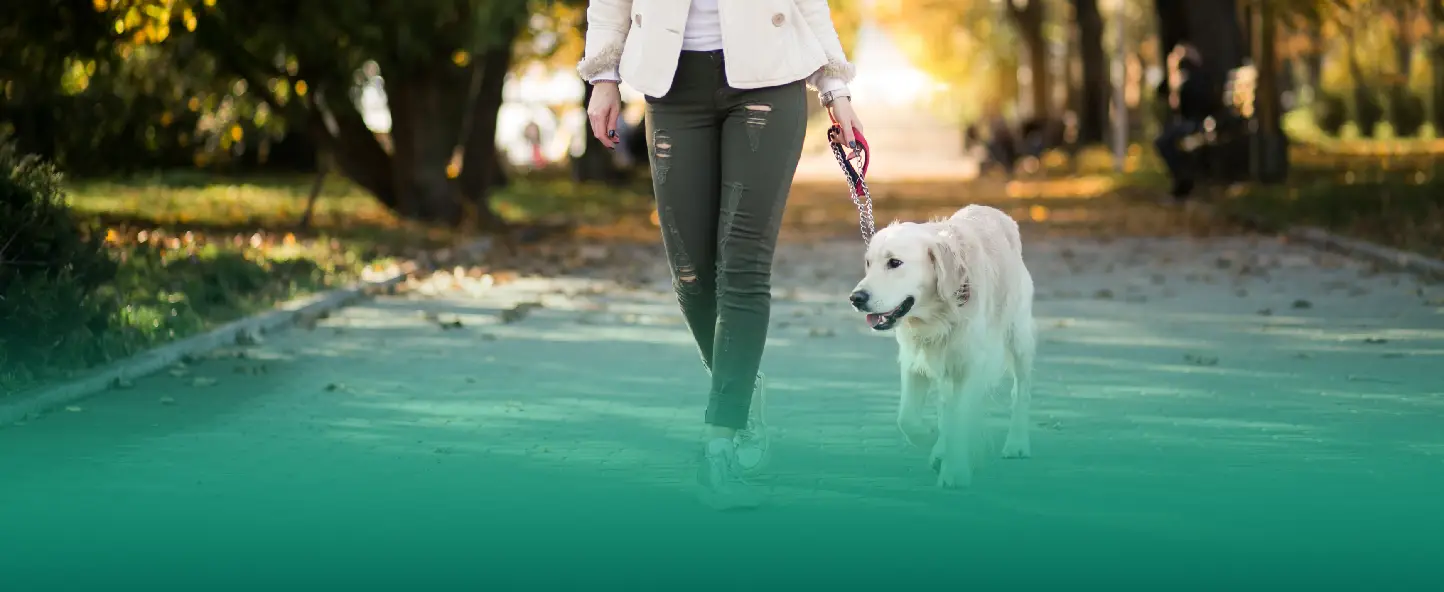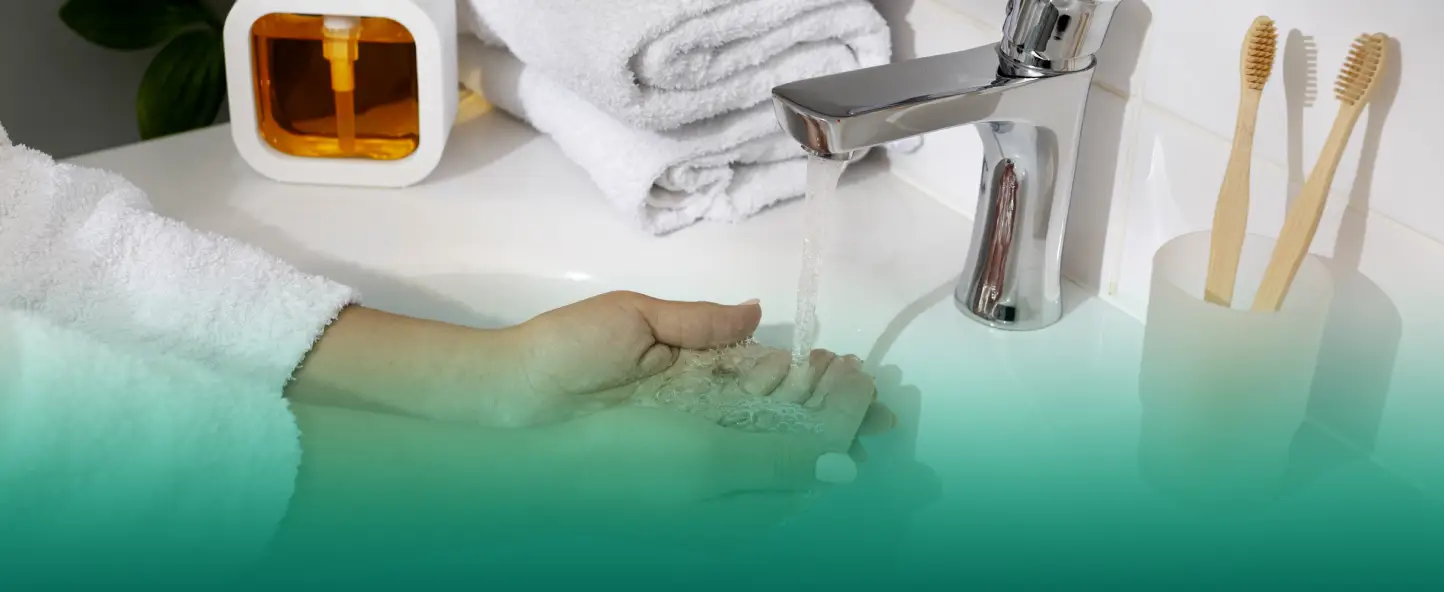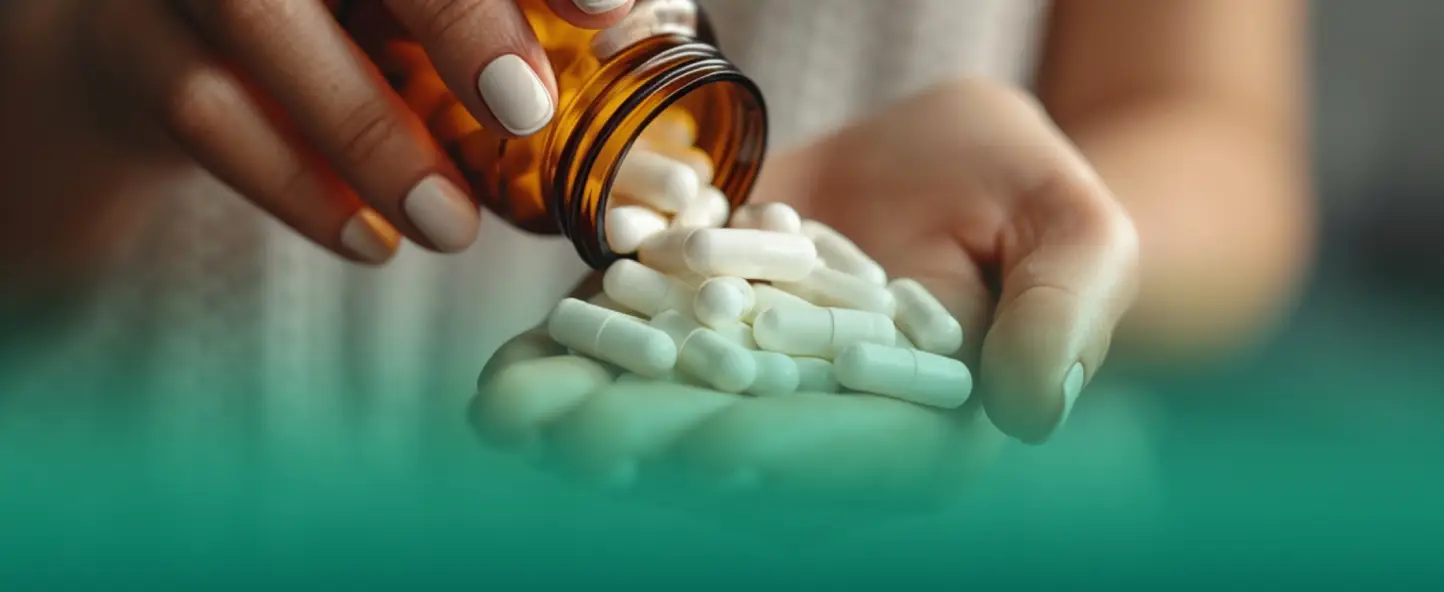Caries is a disease that leads to the destruction of tooth tissue. Moreover, it’s the most common infectious disease in the world! In the initial stage, calcium loss from the enamel occurs, which leads to its softening, and then the structure of the dentin located underneath is damaged. If left untreated, caries can penetrate into the deeper layers of the tooth, causing inflammation of the inside of the tooth, which is called pulpitis.
Myth: Sweets are the main cause of tooth decay
Although sugary foods can trigger tooth decay, they are not the only cause of tooth decay.
Caries is formed due to the activity of the bacteria Streptococcus mutans, which absorb simple sugars from food and destroy tooth enamel.
List of foods that contribute to the development of caries:
- Foods high in starch: bread, rice, pasta, cookies, cereal.
- Dried fruits, chocolate bars, marmalade, which stick to teeth and provide food for bacteria.
- Carbonated drinks, juices and fruit juices.
- Acidic foods.
Dentists recommend rinsing your mouth with clean water after eating these foods or eating foods that stimulate saliva production, such as hard cheeses, protein foods, and sugar-free chewing gum.
Myth: If your teeth don’t feel pain and don’t have dark spots, then you don’t have caries
In the early stages of caries, teeth may look normal and the person may not experience any pain.
The initial signs of caries are often not visible to the naked eye and may go unnoticed. The disease often begins with the softening of tooth enamel and usually occurs in areas where cleanliness is difficult, such as between teeth. This can be easily missed or confused with normal plaque.
Over time, tooth decay can penetrate deeper into the enamel. At this stage, teeth may become more sensitive to sweets or cold foods, but the pain usually goes away after the person has finished eating and rinsed their mouth. Severe and prolonged pain occurs only when caries affects the nerve endings of the tooth.
In order not to miss the initial signs of caries, it is recommended to visit the dentist once every six months, even if you do not have tooth pain.
If you haven’t been to the dentist for several years, it’s worth scheduling a visit for a checkup. It is better to be confident in your health than to miss possible problems.
Myth: The main danger of caries is tooth loss
If left untreated, tooth decay can lead to pulpitis, when the infection penetrates into the tooth. Without treatment, it can spread to surrounding tissue, causing a condition known as periodontitis, which over time can lead to tooth loss.
Sometimes an infection from an affected tooth can spread to the periosteum of the jaw, causing periostitis, and then to the soft tissues of the face. If the infection reaches the bone, it can cause osteomyelitis of the jaw, leading to a deformed jaw. In addition, microbes from the affected bone can enter the bloodstream, causing sepsis, a fatal blood infection.
Research shows that chronic tooth decay can lead to vascular inflammation, increasing the risk of developing atherosclerosis, which can lead to heart attack or stroke.
Myth: Using electric toothbrushes can cause tooth decay
There is a belief that electric brushes are too harsh on tooth enamel, damaging it and increasing the risk of tooth decay. However, researchers studying the safety and effectiveness of these devices do not support this view.
Electric toothbrushes were invented in the middle of the last century, so they have been studied quite well. Most studies show that, when used correctly, good electric toothbrushes are just as safe as regular manual ones.
Moreover, electric toothbrushes are more effective at cleaning teeth, although only slightly. An eleven-year study comparing their effects on oral health found that users of electric toothbrushes retained, on average, 0.36 more teeth and had slightly less gum inflammation than those who used manual toothbrushes.
However, the incidence of dental caries was similar among all study participants.
Although rare, there are cases where electric toothbrushes lead to tooth decay. But why take the risk?


